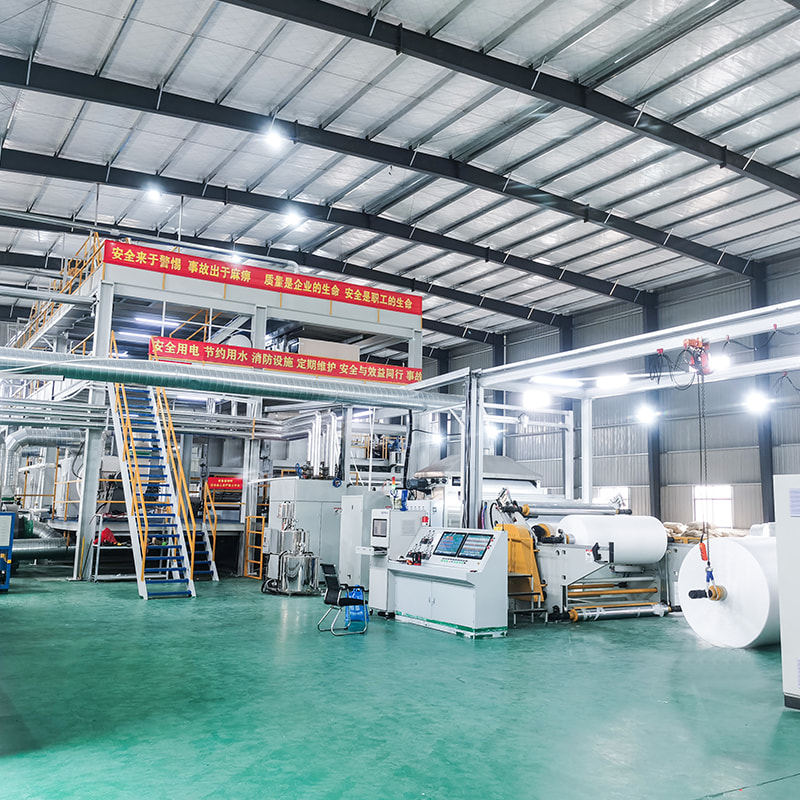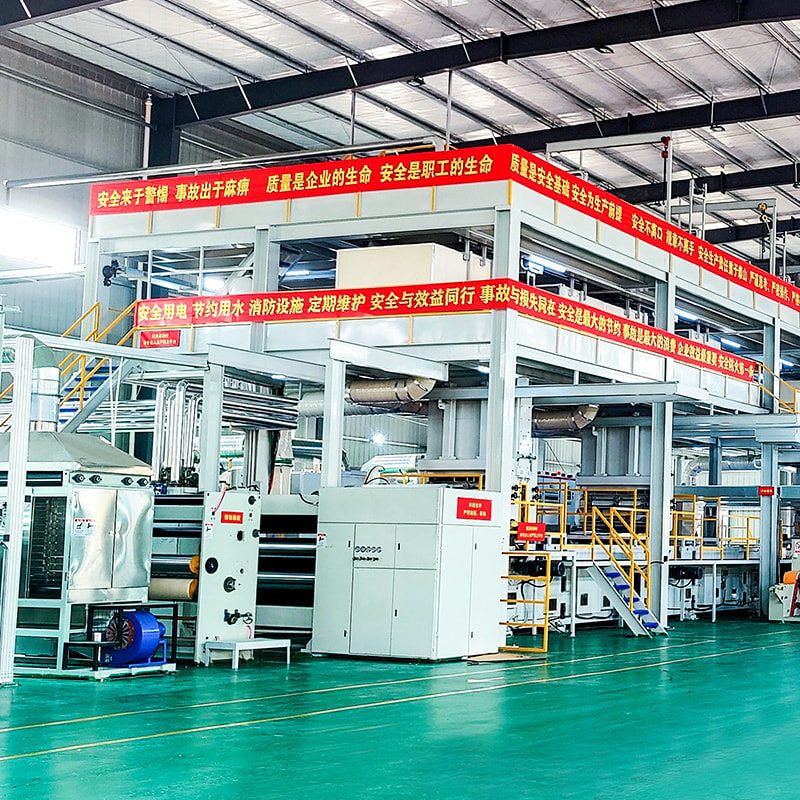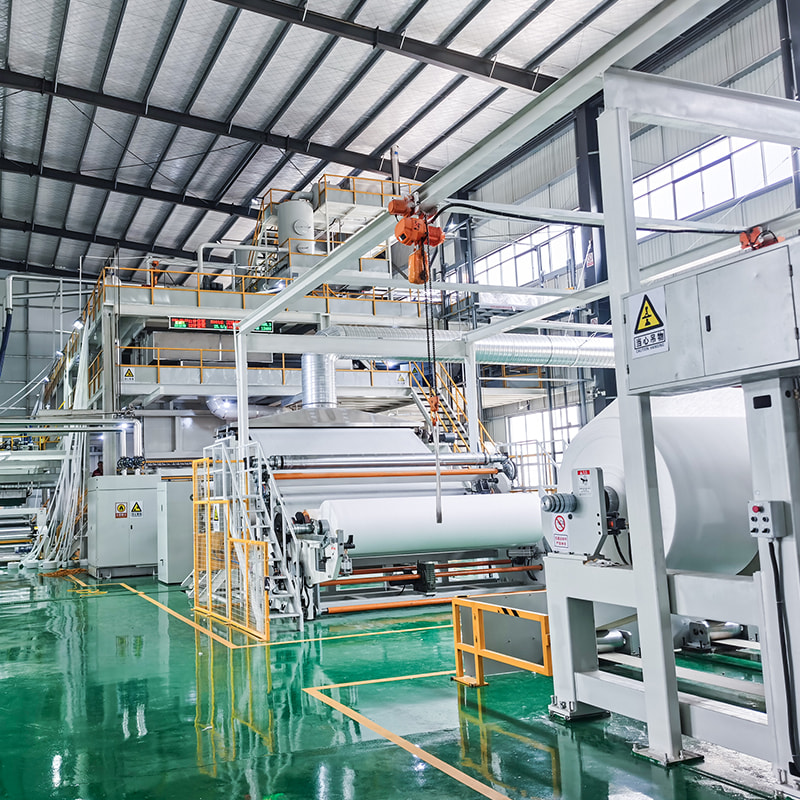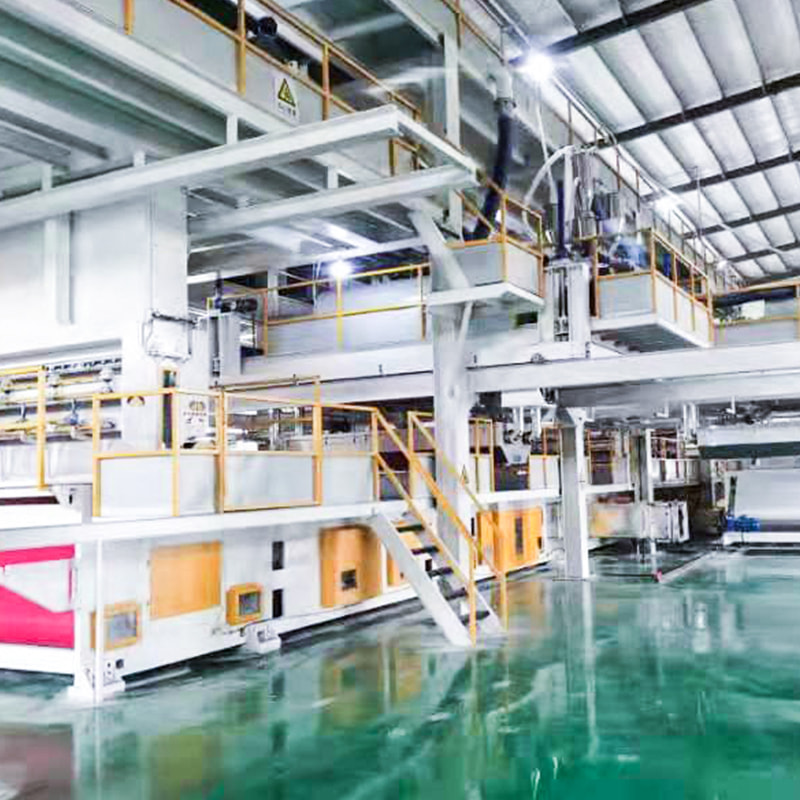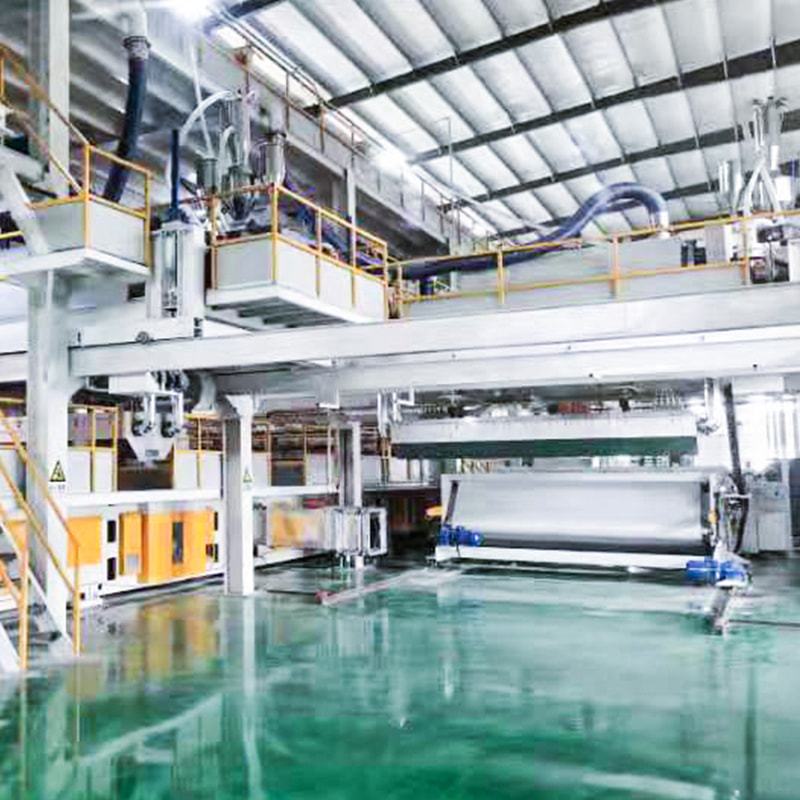Operating a SMMS fabric making machine efficiently requires more than simply turning it on and feeding raw materials. Achieving uniform, high-quality nonwoven fabrics depends on a deep understanding of the machine’s parameters and their impact on the final product. Every aspect, from filament denier to machine speed, plays a critical role in producing fabrics that meet both industrial and medical standards. Manufacturers who master these factors can achieve better yield, lower waste, and enhanced reliability.
One of the most important aspects of SMMS fabric production is controlling machine speed. While modern machines can operate at speeds up to 350 meters per minute, running at higher speeds without proper calibration can lead to uneven fiber alignment and inconsistent fabric weight. Conversely, operating too slowly can reduce efficiency and increase energy consumption per square meter of fabric. Adjusting speed in conjunction with other parameters ensures a balance between productivity and quality.
Filament denier is another crucial variable in nonwoven production. The SMMS fabric making machine allows for a filament range typically between 1.8 and 2.3 denier. Choosing the right denier affects not only the strength and softness of the fabric but also its suitability for specific applications such as medical masks or industrial filters. Consistently monitoring and adjusting filament thickness helps maintain uniform texture across production batches.
Temperature control within the extruder and spinneret also directly impacts the performance of PP spunbond layers. If the polymer is too hot or too cold, fibers can break or fail to bond properly, leading to defects in the SMMS structure. Experienced operators understand how to fine-tune thermal settings to accommodate variations in polymer quality and environmental conditions, ensuring a smooth, continuous output.
Tension management is often overlooked but remains vital for consistent fabric width and even layering. Proper tension prevents wrinkles, stretching, or misalignment of the meltblown and spunbond layers. The integrated control systems in advanced SMMS fabric making machines allow for real-time adjustments, enabling operators to maintain perfect tension throughout long production runs without manual intervention.
Slitting and winding processes also influence the overall usability of the final fabric. By adjusting slitter positioning and roll diameter, manufacturers can provide fabrics in a variety of widths to meet client specifications. Incorrect slitting can lead to wasted material or difficulty in converting rolls for downstream applications. Advanced machines offer precise control that guarantees clean edges and uniform roll density.
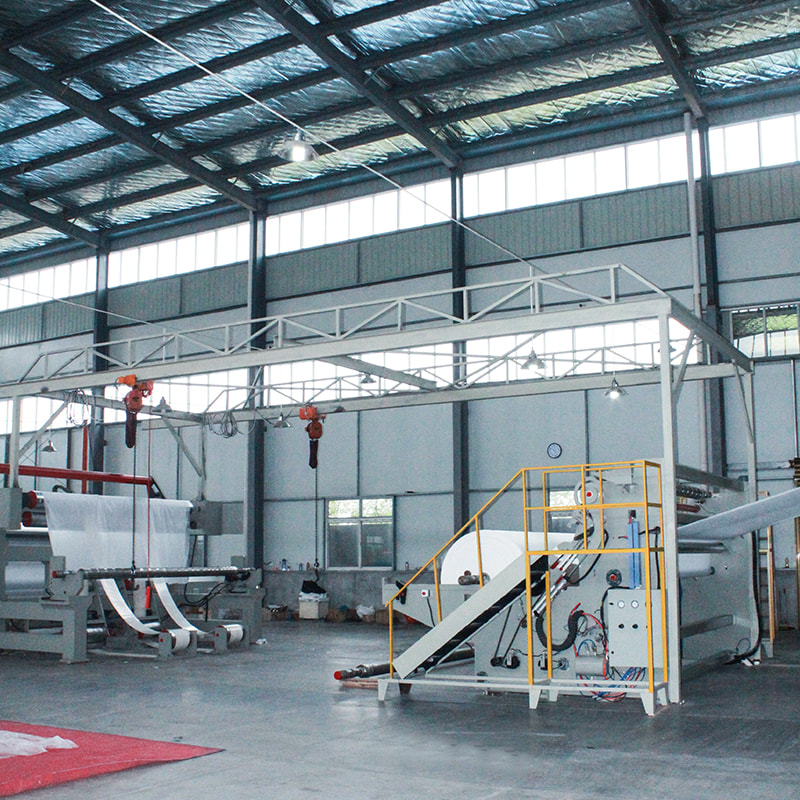
Airflow and suction systems within the SMMS fabric making machine are critical for fiber deposition. Uneven airflow can cause variations in fiber distribution, which directly affects filtration efficiency and fabric strength. Manufacturers need to monitor pressure, velocity, and nozzle alignment closely to ensure every layer is deposited correctly, producing a fabric that meets both aesthetic and functional standards.
Regular calibration of sensors and motors is another essential practice. Siemens and ABB motors commonly used in these machines provide high reliability, but without routine checks, small deviations can escalate into significant quality issues. Proper maintenance schedules, combined with precise electronic controls, extend machine life while safeguarding consistent product output.
The experience of the operator cannot be understated. Knowing how each variable interacts allows for fine adjustments that a standard automated setting might not achieve. Experienced teams can anticipate issues before they appear, making subtle changes that preserve fabric integrity and maintain smooth production even under varying environmental conditions.
In summary, optimizing the operation of a SMMS fabric making machine requires a combination of technical knowledge, careful parameter control, and hands-on experience. By balancing speed, filament denier, temperature, tension, and airflow, manufacturers can consistently produce high-quality nonwoven fabrics. Investing in such expertise not only enhances product reliability but also maximizes return on investment, demonstrating to clients the precision and professionalism behind every roll of fabric.





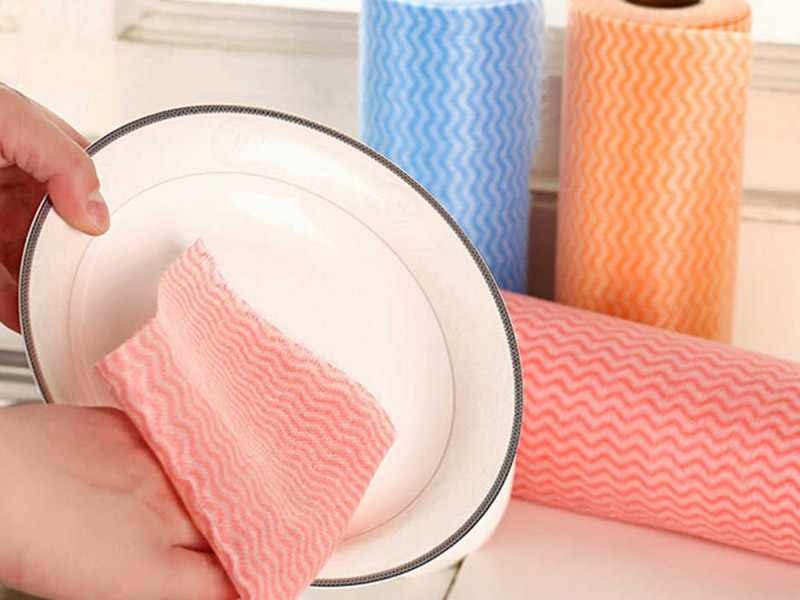
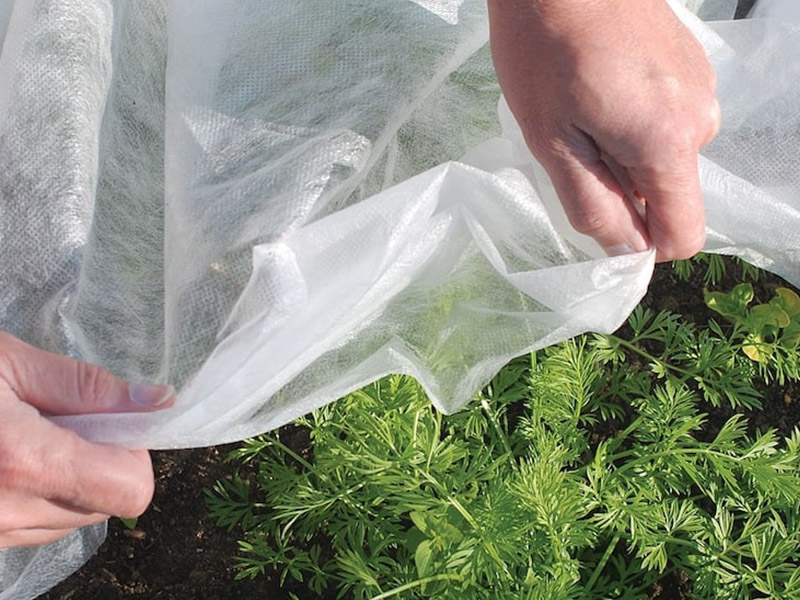
 English
English 中文简体
中文简体 русский
русский عربى
عربى